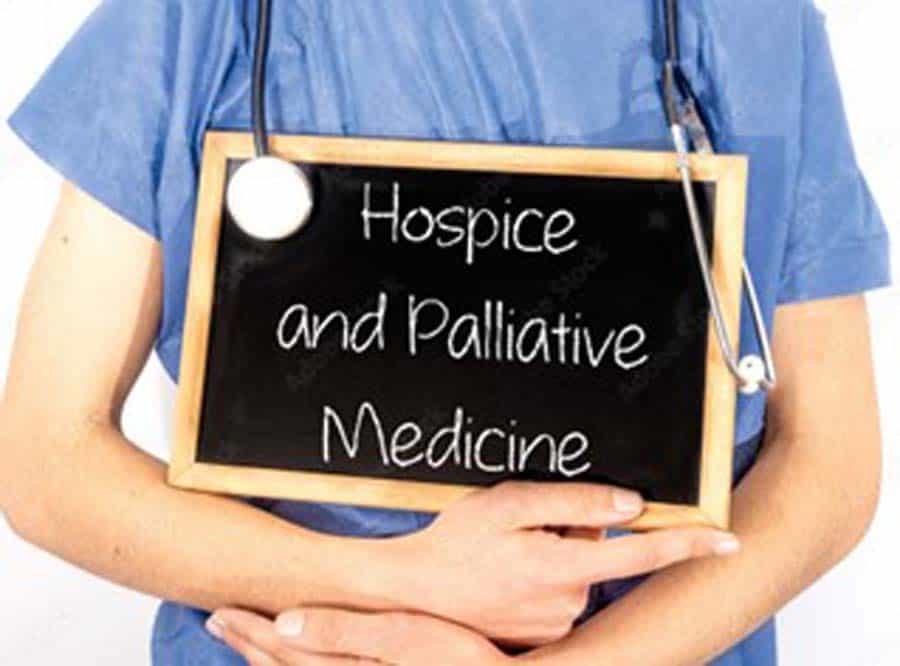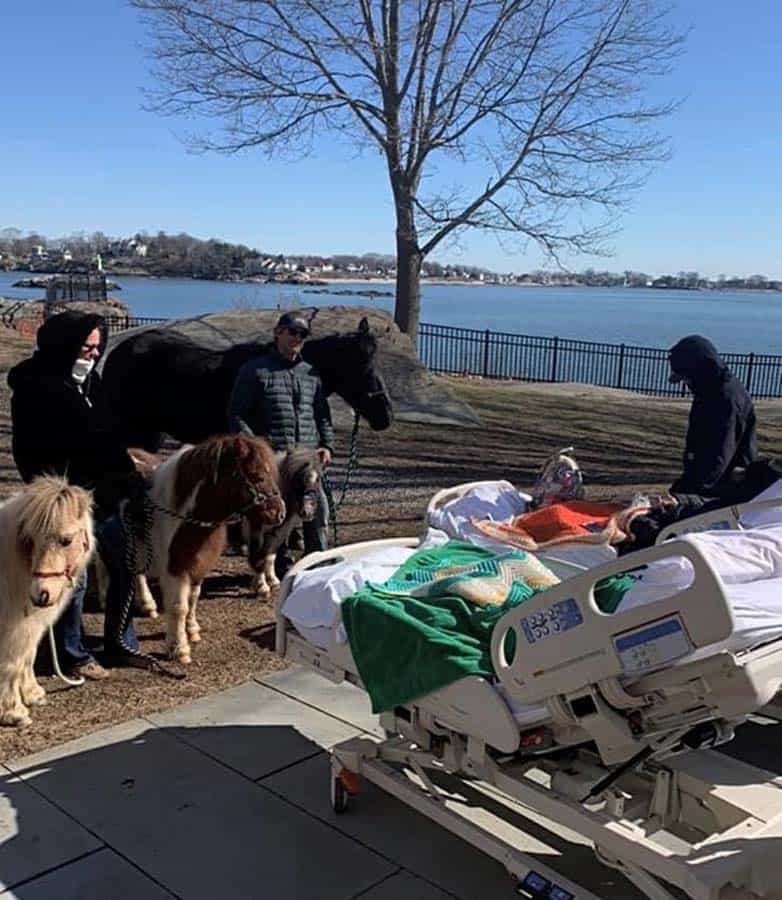Please view our updated COVID-19 guidelines and visiting procedures →.

Around the country, in all types of health care, there’s a not-so-hidden secret: We, as a society, are not doing our best for those at the end of life. We are starving the palliative, home care, and hospice fields, in order to spend more on acute hospitals, medications, and procedures. The result is that Americans are now living longer than they used to, but have stopped increasing their years of “good quality” living. More and more of them live with pain, disability, chronic conditions, and limitations on daily activities.
It isn’t so hard to figure out how we could improve the situation, but our systems are not set up to assist patients in making decisions about types of care, living situations, and end of life wishes. Although almost everyone questioned in surveys says that they don’t want to die connected to tubes and machines in a hospital bed, that has become increasingly common. Not only is it hard to have discussions about hospice care at the bedside, but it is actually almost always easier to get coverage for an emergency room visit and a hospitalization, than it is to be approved for inpatient hospice care.

Hospital stays and rehab stints drain patients, and they often come out with diminished energy and capacity, yet the next episode turns out to be much the same. In today’s busy health care world, an ED visit can lead to 24 or 48 hours on a gurney in a hallway, never a prescription for optimal treatment. In fact, hospitals have to admit patients after a certain number of hours in the ED, regardless of bed availability or final disposition.
How can we stop this vicious cycle? We need to revisit the purpose and terms of the Medicare Hospice Benefit (MHB), passed by Congress almost exactly 40 years ago, with significant input and involvement of our Connecticut Hospice, the country’s first hospice. At that time, there was no coverage for inpatient stays, and the MHB was viewed as a major step forward. While that’s true, many of the criteria used at the time were randomly chosen, and need to be looked at in light of today’s realities.

Let’s begin with the name. Most of us in the field would like to see another moniker, perhaps the Advanced Illness Benefit. The word “hospice” tends to frighten people, including relatives, and they can delay choosing it until too late in an illness, just for that reason. Advanced Illness would convey that someone might be ready for palliative care and symptom management, instead of curative treatment, but without the finality that hospice implies.
It would also encompass palliative care, which is often left out of the picture entirely. Physicians have long known the benefits of treatments that reduce pain and suffering. Take, for example, radiation for bone cancer. That is prescribed to alleviate pain, not to cure the cancer, and it is a well-established course of treatment. However, palliative care is not always covered by commercial insurance companies, and is compensated minimally by Medicare.

Studies have shown repeatedly that, in many instances, palliative or hospice care can lengthen someone’s life just as much as an operation or chemo, yet is not always offered as a choice, as it is in short supply, plus it is a money loser for every hospice in the country. We can only afford to do so much of it, because our reimbursement does not begin to cover the cost, and is especially not keeping up with the recent rise in nursing salaries.
We should also look again at the six-month limit used in the MHB. While that is not a final upper limit—it just means that, without treatment, the person’s illness is likely to run its course within six months—it does tend to make people wait too long to enter supportive care. While many people are recertified, and do stay in our care for multiple certification periods, the six-month criterion sounds like a true end-stage development, whereas patients who enter supportive care sooner can live fuller, richer lives for far longer than those who do not.
The definition of General Inpatient (GIP) eligibility is neither clear nor consistent. We are allowed to keep patients in an inpatient setting if “care in any other setting is not feasible”. That’s subjective, and overlooks the fact that many patients come to our inpatient unit because they don’t need an acute-care hospital bed, but they are too sick for a skilled nursing facility or a home setting. It would seem that those people would fit into the definition above, but here’s the catch: Our goal is to make them comfortable, by adjusting medications and providing skilled care. However, once they are deemed “comfortable”, they become ineligible to stay, even if they are taking twenty doses of medications in a day. Translated, that means that, once we are doing our job, we are out of a job. Needless to say, that isn’t an easy message to convey to grieving families.
There are other items in the MHB with which we might quibble, such as which therapies, treatments, and medications should be covered, but a complete overhaul is really necessary to address the issues above. If we do not, we are guaranteed to continue spiraling upward in our healthcare costs as a nation. As our population ages, they will need more and more skilled care. If we go on paying for procedures and even experimental treatments, but not for basic symptom management, we will be driving people toward expensive plans of care that won’t work, and that they may not even want.
Forty years is a long time. Just as the boundaries of neonatal potential have grown, so too have our abilities to prolong the other end of life. We don’t always provide the quality of that life along with the treatment. When we do surveys, most of those answering say that they want to die with dignity, with their faculties, and not in pain. Why can’t we all commit to a system which will allow hospitals, hospices, and home care agencies to provide exactly that? We know that it will cost less than what we are doing now, and we know that the end of life can be better for many.
What can you do about this problem? First of all, put your own house in order. Make sure that you have a living will, and a health care agent. Discuss your wishes with your loved ones. Write down anything that you think might be forgotten in an emergency. Carry those documents with you, if you think there might be any need for them, or, better yet, have them entered into your electronic medical record.

However, there is another stage of action, and that involves the national scene. Write or call your Congressperson and Senators, and advocate for a major overhaul of the Medicare Hospice Benefit. All you need to know, in order to find this important, is that half of the Cares Act money during COVID that was meant for hospice care was earmarked for increased fraud investigation in the industry. While every field has some misspent money, the vast majority of end of life providers are trying, with increasing difficulty, to find a way to help our citizens to spend their final days in comfort and peace. We often joke that no one lies to get into a hospice, but the underlying point is clear: We provide a vital service to the most vulnerable among us, and we fulfill a huge need in our society. Please help us help you.


As a not-for-profit, we depend on generous donors to help us provide customized services and therapies that aren’t completely covered by Medicaid, Medicare, or private insurance.
Please make a gift to help us sustain the highest standard of care.
Admissions may be scheduled seven days a week.
Call our Centralized Intake Department: (203) 315-7540.